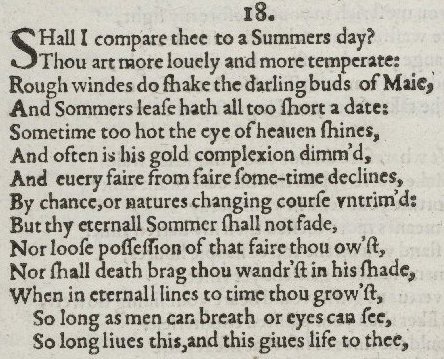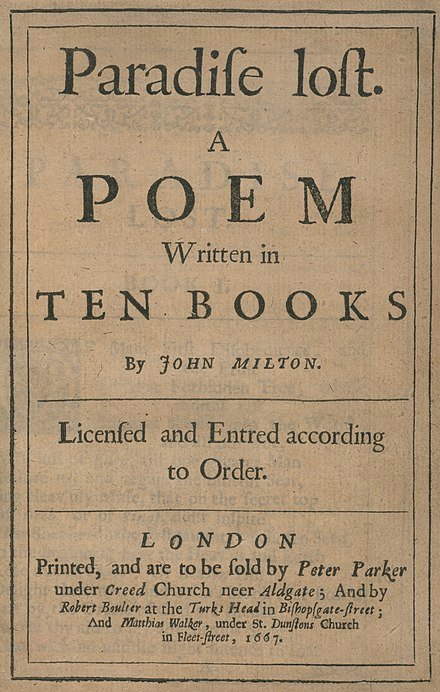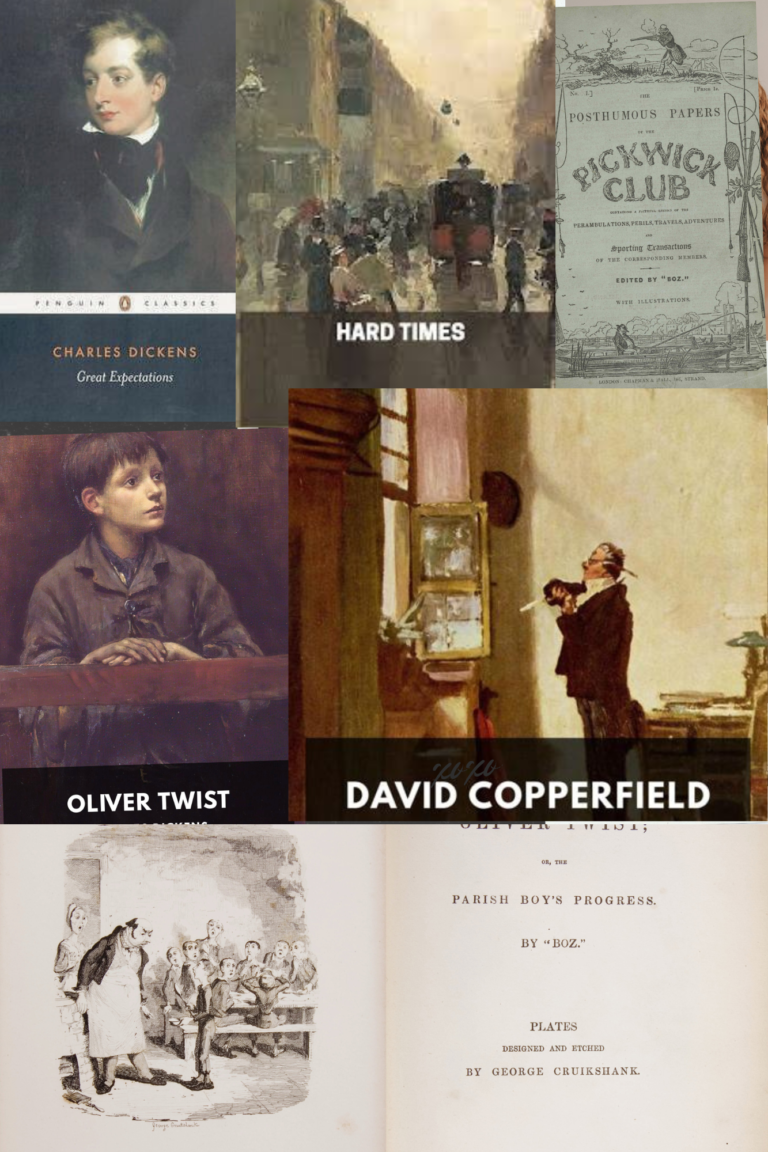Shakespeare’s Sonnets: A Journey into Love, Time, and Beauty
Introduction to Shakespeare’s Sonnets:
William Shakespeare’s sonnets are a cornerstone of his enduring legacy, written in the late 16th century and first published all together in a quarto in 1609, these 154 sonnets explore themes of love, beauty, politics, and mortality. These sonnets are followed by the long poem “A Lover’s Complaint”. But, their Elizabethan language can often seem intimidating to modern readers. This article aims to decode Shakespeare’s sonnets, offering insights into their structure, themes, and timeless appeal.

Shakespeare’s Sonnets include a dedication to Mr. W.H. and it has letters T.T. in the end which it seems refer to the publisher, Thomas Thorpe. Most of the Shakespeare’s sonnet sequence are addressed to an unnamed young man who symbolises beauty, love, and admiration; the last 28 refer to, a woman. Shakespeare repeatedly tells the young man that he should marry and have children, so his physical beauty can live on through future generations. Later in the sequence, some sonnets are about a “Dark Lady” and explore more complicated and sometimes negative feelings about sexual desire. These sonnets helped make Shakespeare famous for his distinctive style as a poet.
Understanding the Structure:
Shakespearean sonnets follow a specific structure known as the English sonnet form. Each sonnet consists of 14 lines, written in iambic pentameter—a rhythmic pattern where each line has ten syllables, alternating between unstressed and stressed syllables. The rhyme scheme is ABABCDCDEFEFGG, divided into three quatrains and a final rhymed couplet. This structure not only creates a musical quality but also allows for the development of ideas, with the couplet often providing a resolution or a twist.
Exploring Common Themes:
1. Love and Beauty:

Many of Shakespeare’s sonnets are addressed to a mysterious young man, often referred to as the “Fair Youth.” These sonnets celebrate the beauty and virtue of the youth, while also expressing the poet’s deep affection and admiration. For example, in Sonnet 18, Shakespeare famously compares the youth to a summer’s day, concluding that the youth’s eternal beauty will be preserved in the poem itself.
Shall I compare thee to a summer’s day?
Thou art more lovely and more temperate:
…So long as men can breathe or eyes can see,
So long lives this, and this gives life to thee.”
2. Time and Mortality:
“Not Marble, nor the Gilded Monuments” is Sonnet 55 by William Shakespeare. It highlights how physical monuments built to preserve legacies will decay over time. However, the poet’s verses will endure and immortalize his friend’s memory until the end of time.

Another prevalent theme here is the ravages of time and the inevitability of death. Shakespeare contemplates the transient nature of life and the enduring power of poetry to immortalize beauty and love. In Sonnet 55, he boldly claims that his verses will outlast physical monuments and keep the memory of the youth alive forever.
“Not marble, nor the gilded monuments
Of princes, shall outlive this powerful rhyme.”
3. The Dark Lady:
A sequence of sonnets (sonnets 127–152) is dedicated to the “Dark Lady,” whose identity remains a subject of speculation. These sonnets present a more complex and tumultuous vision of love, characterised by desire, jealousy, and betrayal. Unlike the idealized love for the Fair Youth, the Dark Lady sonnets portray love as a multifaceted and sometimes painful experience.
The Dark Lady is a woman depicted in Shakespeare’s sonnets (specifically sonnets 127–152). She is called the Dark Lady because the poems describe her as having black, wiry hair and dark, “dun”-coloured skin. Unlike the sonnets addressed to the Fair Youth, the poems about the Dark Lady are notably more sexual in nature.
Sonnet 151 is often used to show the difference between the spiritual love for the Fair Youth and the sexual love for the Dark Lady. This distinction is usually highlighted in the introductions of modern editions of the sonnets.
4. Self-Reflection and Identity:
Shakespeare often reflects on his own identity and the nature of his craft. The sonnets are deeply personal, revealing the poet’s fears, hopes, and sense of self. In Sonnet 29, Shakespeare moves from despair to gratitude, finding solace in the thought of his beloved.
“Sonnet 29” (1609) by William Shakespeare talks about feeling lonely and how a close relationship can help. The poem isn’t just about sadness; it also shows how love can make things better. After a sad start, the speaker thinks about the love he shares with his beloved, which makes up for all his troubles. The poem compares love to wealth and status, showing that love is more valuable. Shakespeare often reflects on his own identity and the nature of his craft.
“For thy sweet love remembered such wealth brings
That then I scorn to change my state with kings.”
Timeless Appeal:
The timelessness of Shakespeare’s sonnets lies in their universal themes and emotional depth. Despite the antiquated language, readers can relate to the feelings of love, loss, and introspection that Shakespeare so eloquently expresses. The sonnets’ exploration of human nature, combined with their lyrical beauty, ensures their continued relevance and admiration.
To decode Shakespeare’s sonnets, it’s helpful to read them aloud, paying attention to the rhythm and sounds. Modern translations and annotations can also provide clarity, offering contemporary interpretations of archaic words and phrases. Engaging with these texts requires patience, but the reward is a deeper appreciation of Shakespeare’s genius and the timeless truths he conveys.
Conclusion:
Decoding Shakespeare’s sonnets opens a window into the rich tapestry of Elizabethan verse, revealing the enduring beauty and complexity of his poetry. By understanding their structure, exploring their themes, and appreciating their emotional resonance, we can connect with Shakespeare’s timeless wisdom and find relevance in our own lives. Whether you are a seasoned reader or a newcomer to his work, Shakespeare’s sonnets offer a profound journey into the heart of human experience, inviting us to reflect on love, beauty, and the passage of time.






